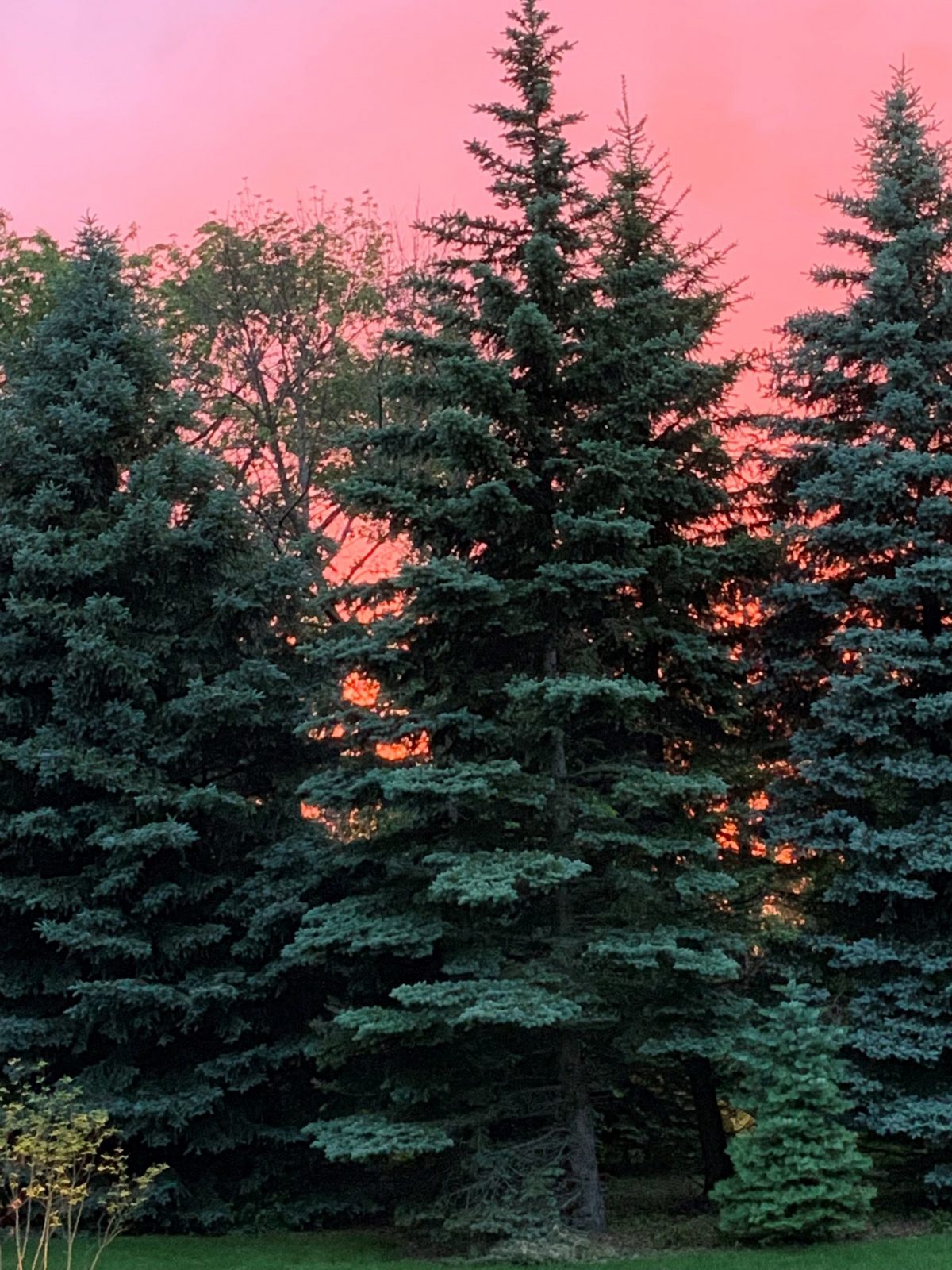
Oh, do I mean uncontrolled blazes spurred by wind and dry underbrush, traveling at up to fourteen miles-an-hour? That’s a four-minute mile. Usain Bolt would live. So would a cheetah. But the garden snails, monarchs, and yours truly, would be crispy critters.
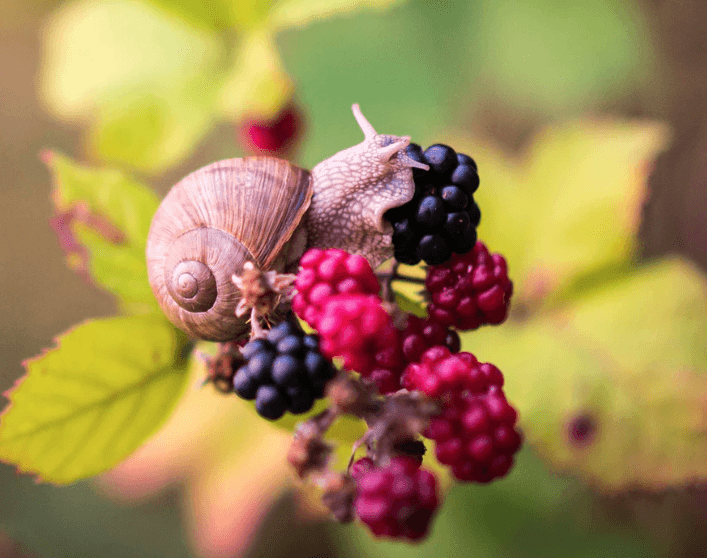
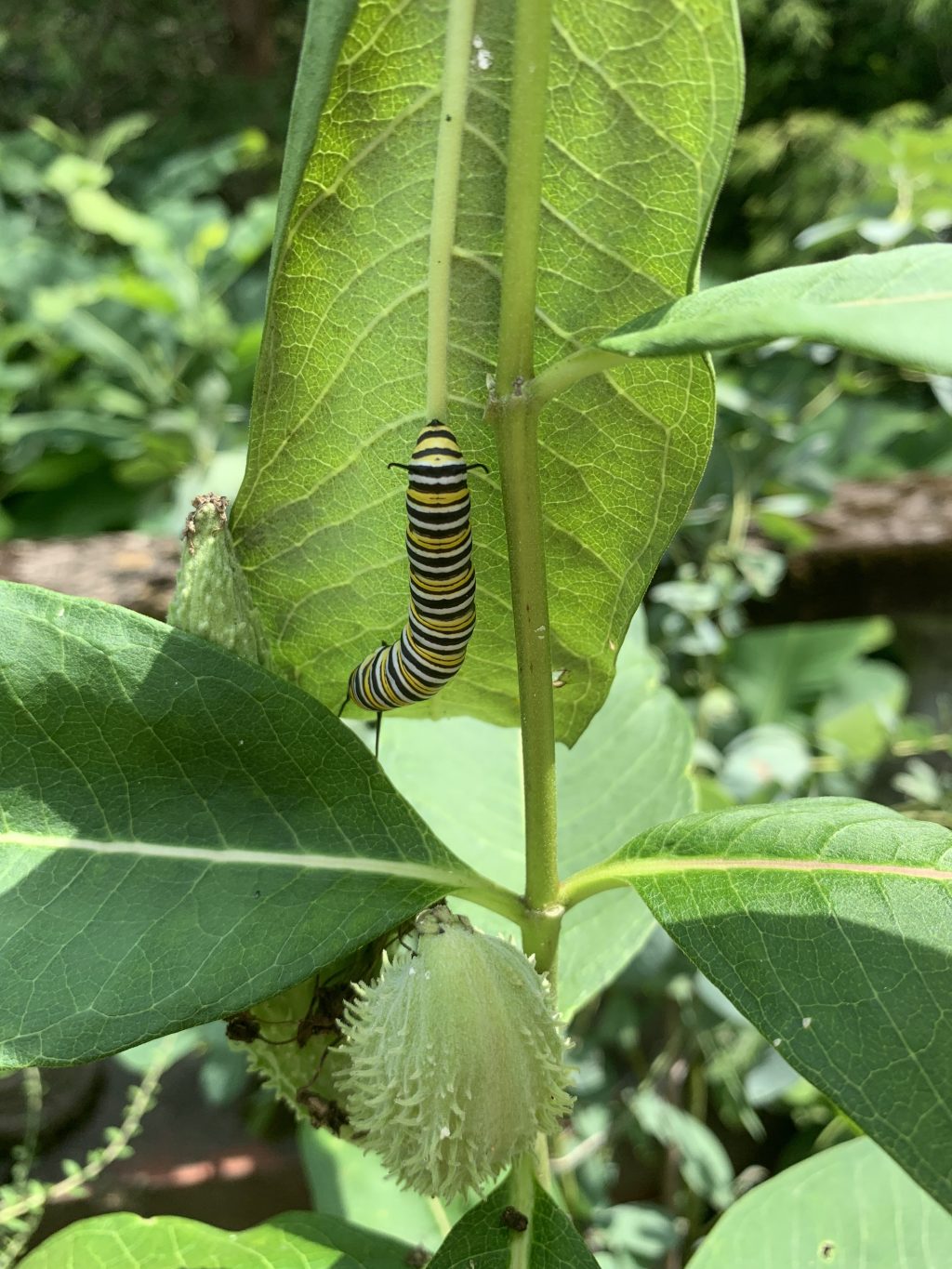
What about your dog? Generally, dogs run fifteen to twenty miles-an-hour. Greyhounds rival a cheetah for distance at forty-five miles-an-hour. Boxers like our guy Louie can run up to thirty miles an hour. In fact, Boxers were used as couriers in wartime thanks to their running ability!
Louie would make it!

As usual, I digress. Our son Kevin recently read a headline about wildfires and broached the topic with me. He made me curious. Hence this post!
NATURAL DISASTERS
Wildfires are among the most complex natural disasters on the planet.
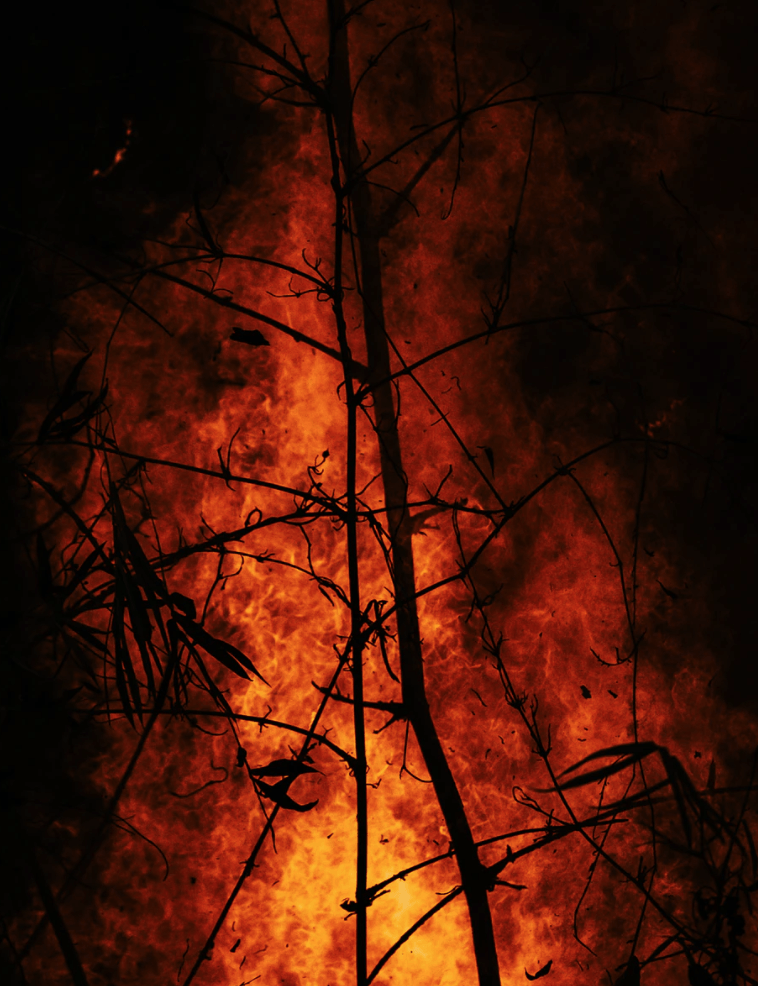
What about natural disasters, anyway?
Natural disasters, according to the Miriam Webster dictionary, “are a sudden and terrible event in nature (such as a hurricane, tornado, or flood) that usually results in serious damage and many deaths.”
Wildfires are classified as such, but here’s another sobering fact. Only about 10 percent of wildfires in the United States occur on their own, meaning in nature. Politics of global warming will continue to flare as to the whys, however the fact is that human activity causes 90 percent of all wildfires in California, whether it’s a stove left on or a discarded cigarette or a campfire left burning.
It’s not just California. Wildfires occur around the world and in all fifty states. Santa Ana winds, dry conditions, and frequent thunderstorms do make the U.S. West ripe for wildfires. Montana, Idaho, Wyoming, Washington, Colorado and Oregon suffer.
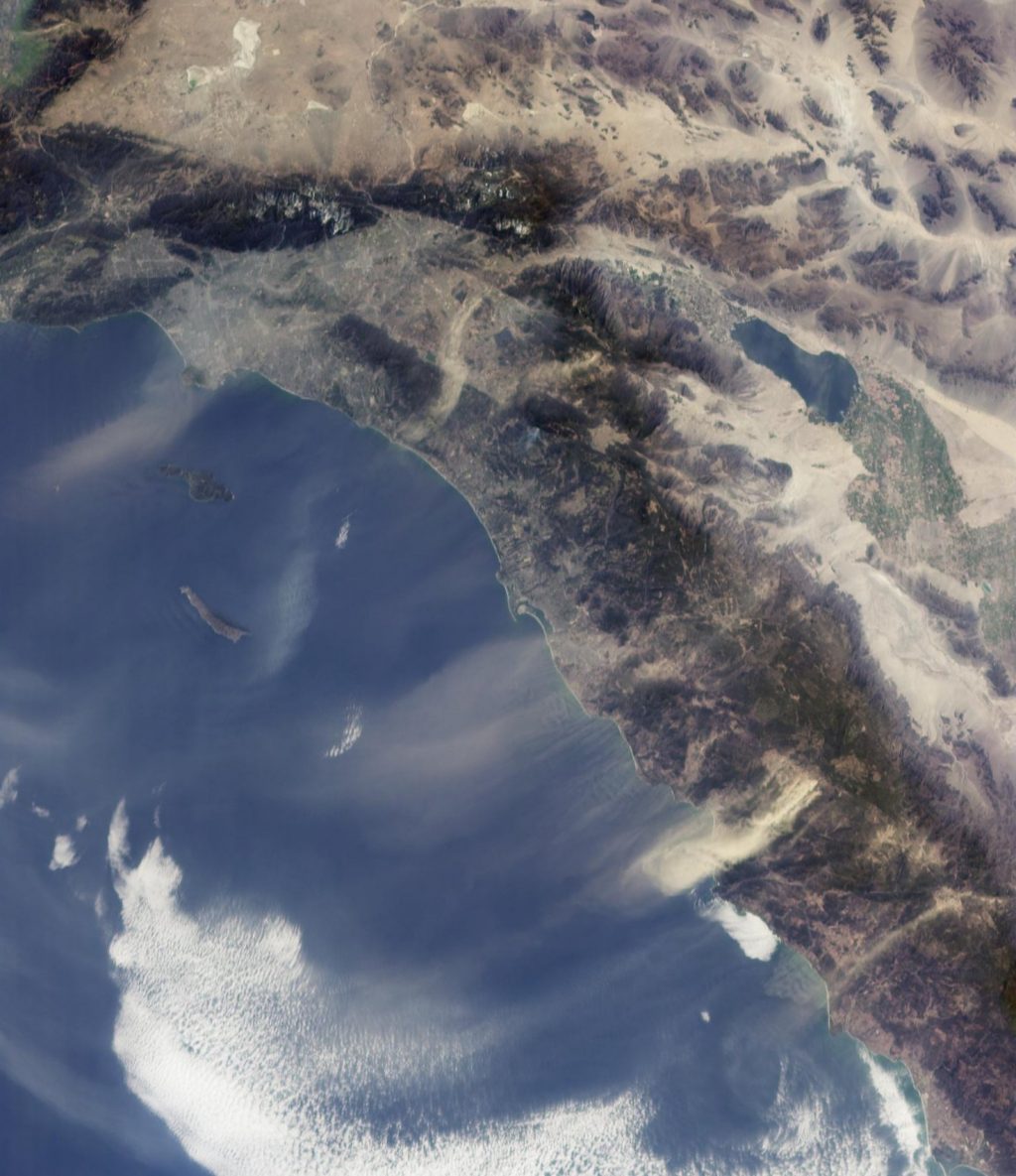
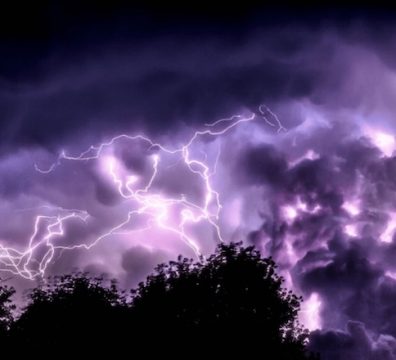
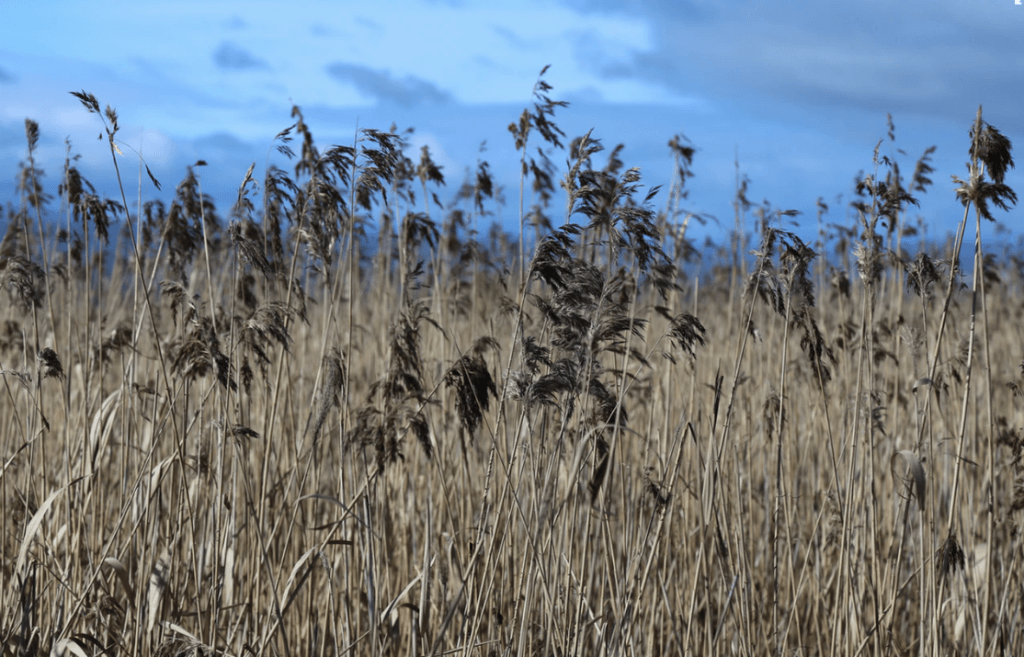
The overlapping science of climate, weather, and wildfires creates a complicated picture. Researchers at the University of California, Merced, and the University of Arizona said in a statement: “At present, the connection between global warming, Santa Ana winds, and extremely low Southern California precipitation … are not known with sufficient certainty to conclusively link global warming with these disasters.”
Whether or not you accept the science, there are many factors affecting wildfires, from the type of vegetation on a landscape to the way humans have developed the land.
BARK BEETLES
Nature plays its part as well. Because of a growing epidemic of migrating bark beetles that prey on trees, an alarming number of trees in California, nearly 129 million, have died since 2010. As of 2018, California has removed only 1.3 million of the dead trees.
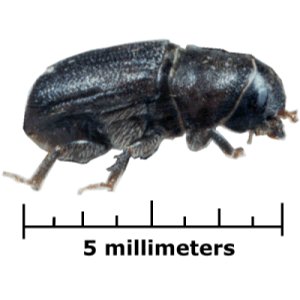
Bark Beetle…The world is home to about 6,000 bark beetle species! One is responsible for Dutch Elm Disease.
A tree’s primary weapon against the beetles is their thick, sticky sap, which begins flowing from the holes the beetles create in the inner bark. However, pine beetles often attack trees en masse, which often overwhelms the host tree’s ability to repel the beetles.
The study of insects is Entomology. I prefer to discuss pretty insects, like butterflies. (check out my post on raising butterflies here!)
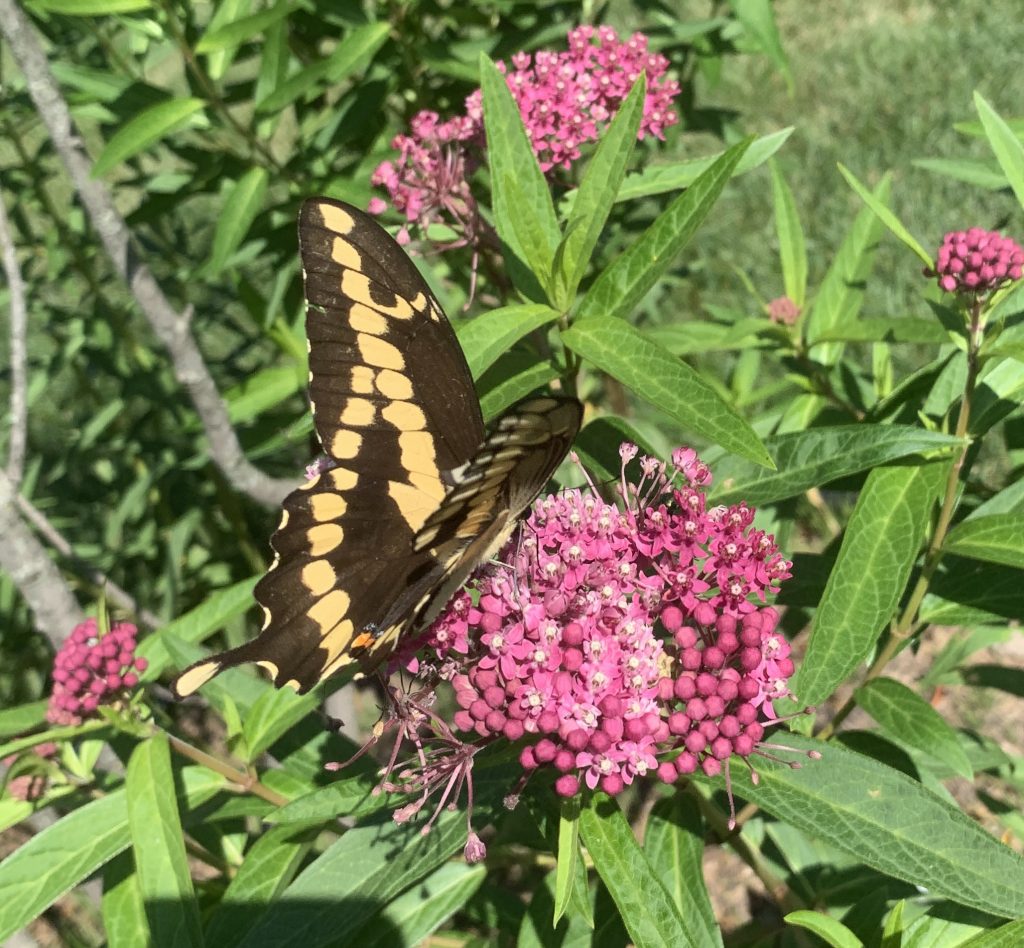
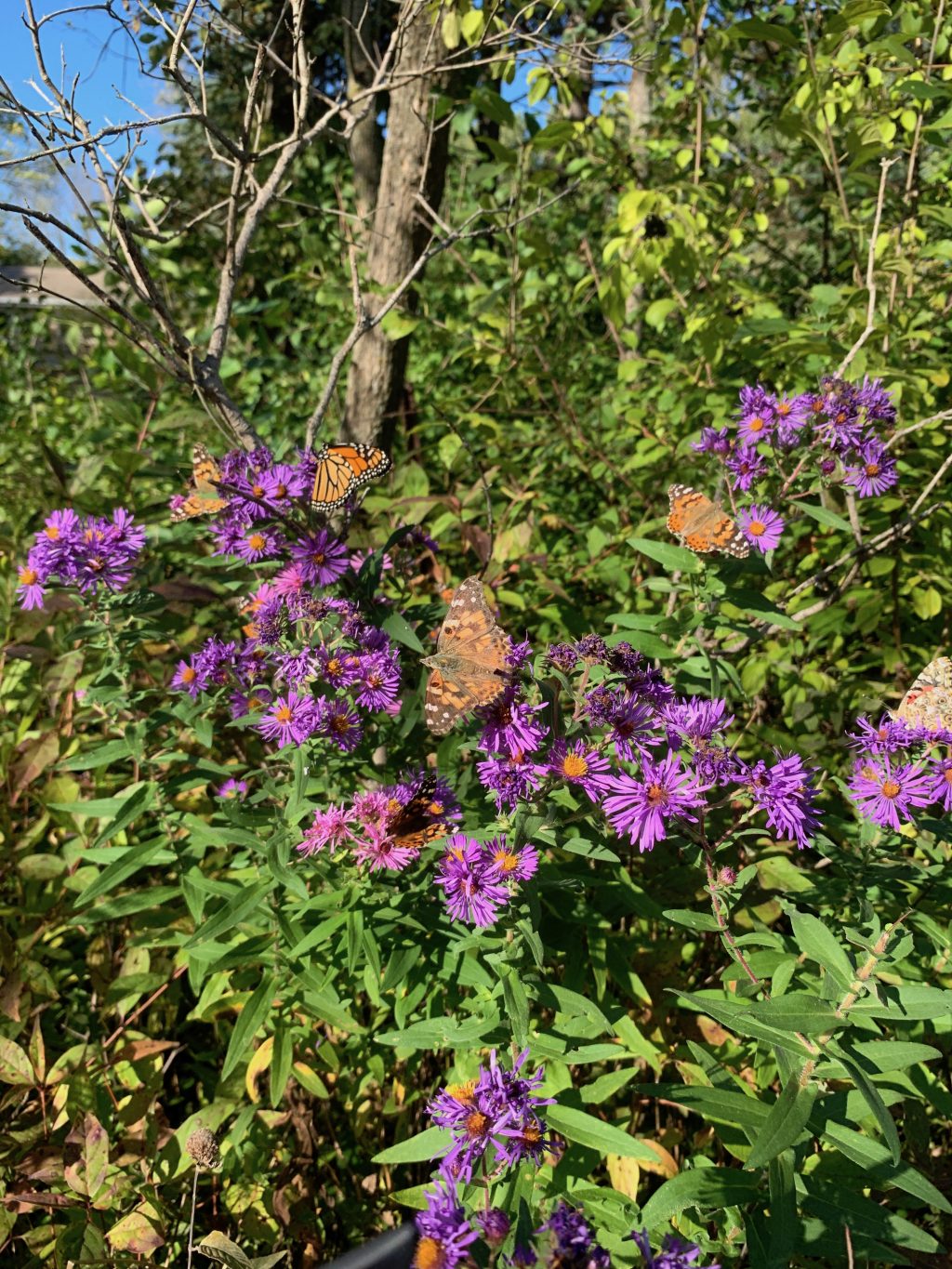
Natural Wildfires & Nature
Natural wildfires play an integral role in nature. By burning dead or decayed matter, fires can return otherwise trapped nutrients to the soil. They can remove disease ridden plants and harmful insects from an ecosystem. (hopefully some of the bark beetles!)
Wildfires thin forest canopies and undergrowth, allowing sunlight to reach the forest floor and a new generation of seedlings to grow. In fact, some species of trees, like sequoias, rely on fire for their seeds to even open.
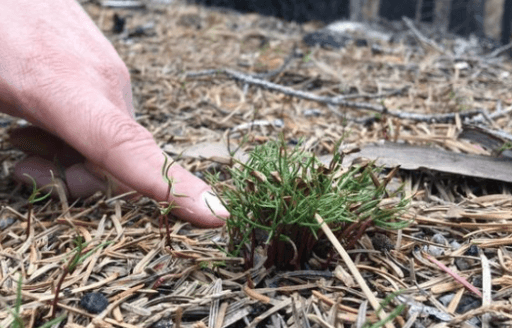
One of my favorite flowers, fireweed, is called such because they are one of the first plants to emerge after a cleansing fire.


Back to wildfires in the United States. Remember, 90 percent of them are caused by humans.
“…you’ve got more people living in flammable places,” said Jennifer K. Balch, a professor of geography at the University of Colorado at Boulder who has studied the human causes of wildfires. “And we’re literally putting homes in the line of fire, and these are fires that people are starting.” She continued, “We almost forget it, but wherever people go we bring fire with us.”
MAIN CAUSE OF WILDFIRES
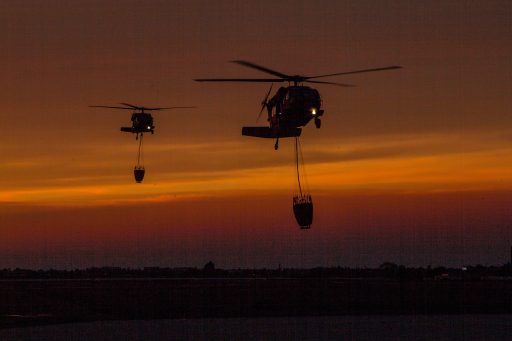
The Mendocino Complex Fire resulted in more than 300,000 acres burned. It was actually two fires burning in the same region. Authorities believe one was caused by a spark set off when a man used a hammer.
The Cedar Fire was started by a lost hunter who set a signal fire in Cleveland National Forest near Julian, in San Diego county. He made a bad name for hunters everywhere.
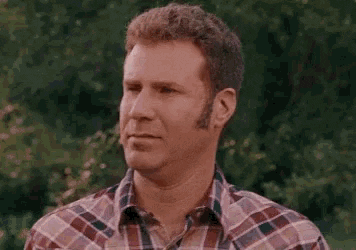
Controlled burns of forests help keep fires from getting out of control. Otherwise, trees are stressed by overcrowding. Fire-dependent species like the sequoia, disappear, and flammable fuels build up and become hazardous.
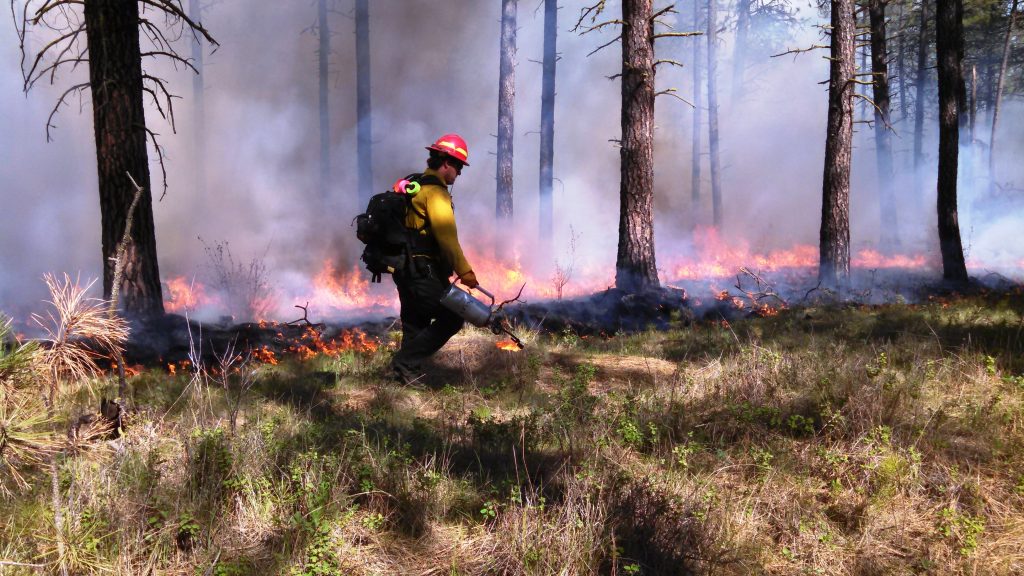
California Wildfires
Many experts say that wildfires in California are affected by state policies that protect forests from timber harvesting and a reluctance to set off controlled fires to burn vegetation.
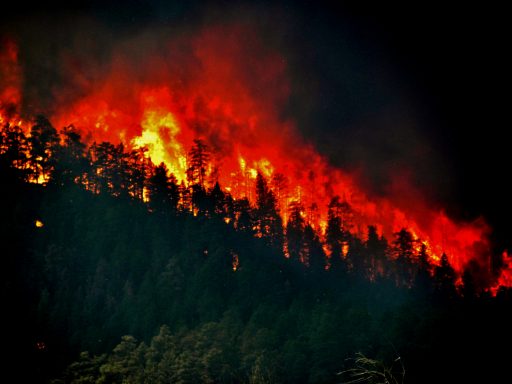
California occupies an unusually broad climate space, spanning alpine zones, temperate rainforest, Mediterranean ecosystems, and semi-arid deserts. California is also the most populous state in the U.S., with large communities developing in and around fire-prone landscapes. As these communities develop over time they will influence the balance between increasing and decreasing the likelihood of wildfires, reinforcing or mitigating the effects of climate change.
The costly interactions between humans and wildfires throughout California demonstrate the need to understand the relationships between them, especially in the face of a changing climate and expanding human communities. A 2016 article in PLOS points a finger at past research efforts. They state that, “the failure to include human effects in future fire estimates significantly overstates the response of wildfire to climatic change alone.”
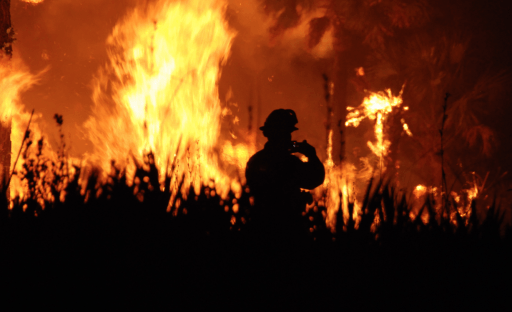
It’s not all doom and gloom.
Another paper published in Science in 2017 found that burned area globally has actually declined by 25 percent over the past 18 years! This is despite any claims about the influence of climate change.
According to the study, most of the fire declines have occurred in regions historically covered by wild grasslands and Savannahs—likely because of the expansion of agriculture, which has replaced landscapes that previously might have been likely to burn. The plus side of human and nature interacting.
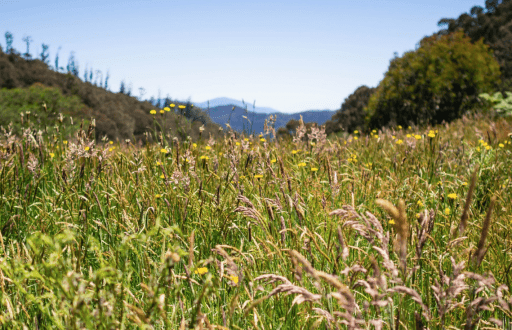
California is finally taking some steps to systematically reduce fire hazards. Last year, the state legislature passed a $1 billion fire risk reduction package. It gives grants over five years to communities to cut fuel breaks and educate firefighters. The bill also relaxes rules on logging to make it easier to get to some of the most flammable trees. Last October, the state has also made $31.5 million available to counties to clear dead trees.
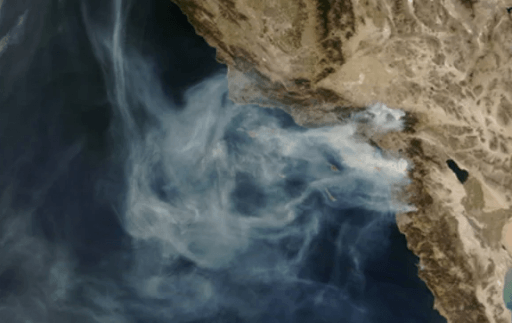
“More and more researchers are arguing that anthropogenic (human) influences are really important [to understanding wildfires],” says Max Moritz, a specialist in fire ecology and management and a professor at the College of Natural Resources at the University of California, Berkeley. “By leaving them out we’re missing a critical piece of the solution.”
Attitudes about wildfires are changing. So are the statistics. According to the National Interagency Fire Center, wildfires in the United States are down significantly in 2019. (see below)
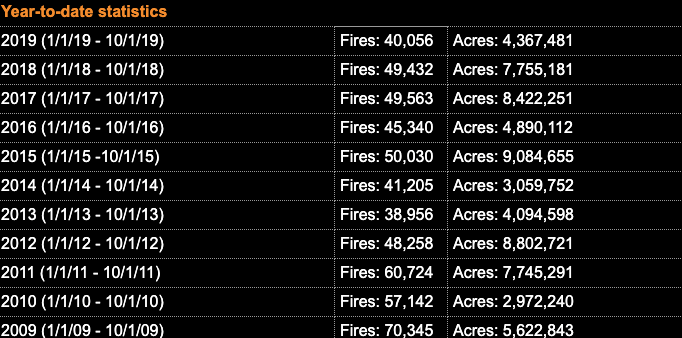
That’s a fact everyone can be happy about!
Now, after all that seriousness, it’s time for chocolate.

Be sure to subscribe so you don’t miss out on any new posts!

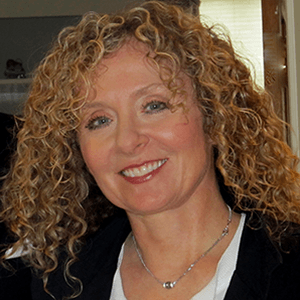
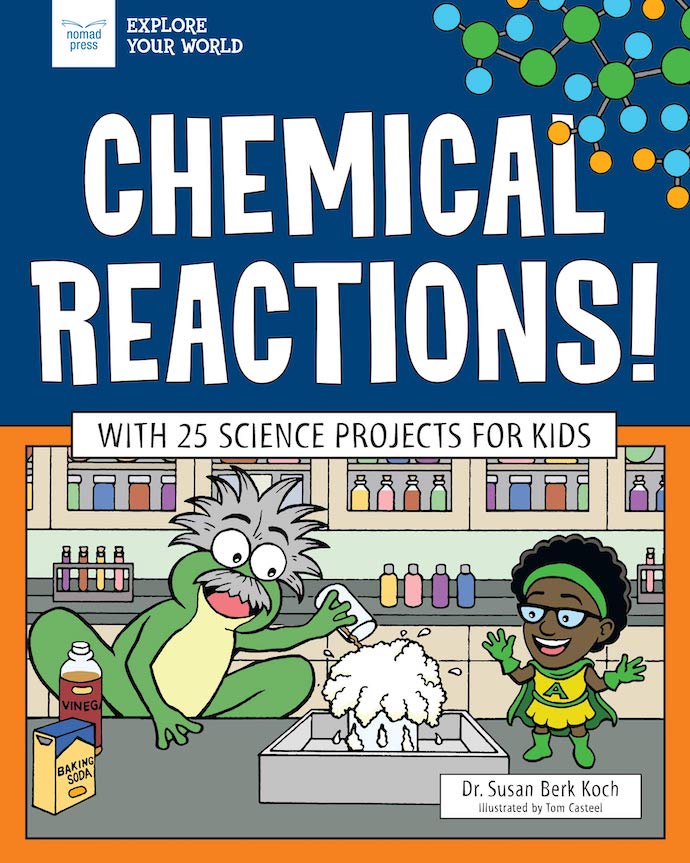



What an amazing post! So much good information here. I’m a consultant to the Department of Defense, specializing in environmental issues, and I’ve read more about wildfires in recent years than ever before. The world seems to be getting into some climate related issues, such as sea level rise, storm surge, and extreme weather – but you don’t read as much about the trends in drought and fires, which also go hand in hand. So glad to read this article!
Thanks,
Joan
https://kindness-compassion-and-coaching.com
Department of Defense? I need to think of a post so I can interview YOU! I’m so happy that you liked the article. Thanks!
This was really interesting. I had no idea that the state policy could be affecting the wildfires. It’s great that it sounds like some progress is being made x
I think so, too. Thank you for stopping by!
Some really interesting information here, and some reasons to be optimistic too it sounds like. Thanks for sharing!
Glad you enjoyed the post. Thanks for stopping by!
There’s a wildfire burning close to where I live right now. It’s just a couple towns away. I’m not in any danger, but maybe that’s just luck? My heart goes out to all those who have had to flee their homes, not knowing if they will have anything to return to.
All of the points you made about wildfires ring true. Yes, there are silver linings such as seed germination. The Sequoia is one of my favorite trees, and Fireweed is one of my favorite plants.
Climate change is a huge factor.
However, you didn’t mention the role utility companies play. Utility companies could be included under the human factor, I suppose, but I think it’s more complicated.
This has inspired me collect my thoughts and write a post for my site. I will link back to your post.
I’m sad to hear about the wildfire near your home. It’s heartbreaking for those who need to flee. With all the factors and information, my post could be a book! I had to stop somewhere but I agree, utility companies play a role.
I’m looking forward to your post. And I’m sending prayers to the people in the towns near you, and to the brave firefighters. Everyone stay safe.